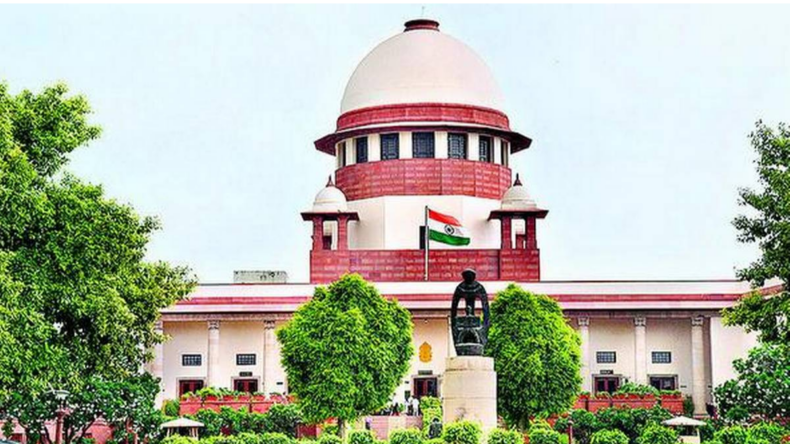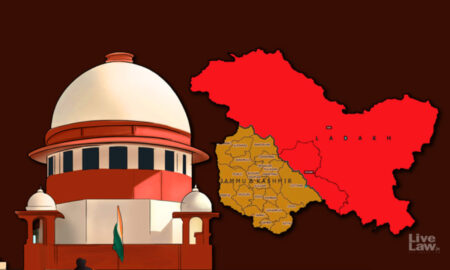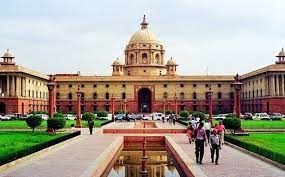The Collegium Recommended 11 Names of Advocate’s for the Elevation to the Post of High Court Judge
On Monday, the Supreme Court (SC) collegium headed by Chief Justice of India (CJI), N V Ramanna, reiterated its recommendation for the appointment of judges at High courts (HC).
SC Collegium restated the appointment of eight advocates as Judges at Delhi, Kerala and Chhattisgarh HC’s and three judicial officers as judges at Calcutta HC.
Last year in August, the collegium has recommended six names to appoint them as judges. This February centre has acted upon and cleared only two names keeping four names pending, and returned the file to the collegium for reconsideration.
Article 124 and 217 says, “Judges of SC and HC shall be appointed by the President after consultation with CJI and Governor/HC CJ (In case of appointment at HC). Appointments of judges at SC and HC’s have always been an issue of controversies.
Appointing advocates, judicial officials as Judges is a long-drawn process and evolved through various SC Judgements.
Before the 1980s, appointment of judges at SC & HC’s was left at the discretion of the President, and the opinion of CJI after ‘consultation’ was not binding as per article 124 of the constitution.
Over the years, the Supreme court, by delivering various judgements, shaped the collegium system.
Wherein a collegium consisting of CJI and Four senior-most SC Judges (for the appointment at SC) and CJI, Four senior SC judges, and Three HC Judges (in case of appointment at HC) give binding advice to President.
President who acts on aid and advice of Executive clears the names, keeps it dormant or return it for reconsideration. If the collegium reiterates its recommendation, the President has to clear the name and appoint the respective recommendation.
Issue of appointment becomes contentious when President neither clears nor returns the names (Keeps dormant) as there is no time limit fixed in the constitution for the President to hold onto the names without acting on it.
Recently Supreme court, in one of its judgements, said that “President (executive) should act upon the recommendation of collegium within one month of such recommendation”.
Due to delay by the Executive in clearing the names, reluctance of advocates and judicial officials to accept judgeship at SC and HC adversely affected justice delivery.
The total strength of High courts (in terms of Judges) is around 1080 Judges out of 460 are vacant. There are Five thousand vacancies at Subordinate courts.
According to various estimates, there is 1 Judge for every 50 thousand populations. As per the National Judicial Data Grid (NJDG) numbers, there are Four crore pending cases across the country.
Most of the cases are pending at Subordinate and High courts. Pendency results from vacancies, too many litigations (46% of cases filed by the Government), frequent adjournments, delays by police in filing charge sheets, Etc.
All these mentioned issues w.r.t. Justice and Judiciary, which is very important for a country like India where Socio-Political circumstances demand a practical and stout role of Judiciary.
The way forward is to strengthen alternate dispute redressal mechanisms like Lok Adalat, Gram Nyayalay, which facilitate access to justice at the rural level—focusing on establishing Fast track courts to expedite cases related to heinous crimes.
The use of information technology can ease procedures. Parliament can create All India Judicial Service (AIJS), as recommended by Law Commission, 1958, to recruit District Judge.
AIJS will address the issue of vacancies and will attract talent across the country. SC, HC and Subordinate courts can work towards punishing litigants of frivolous cases.













